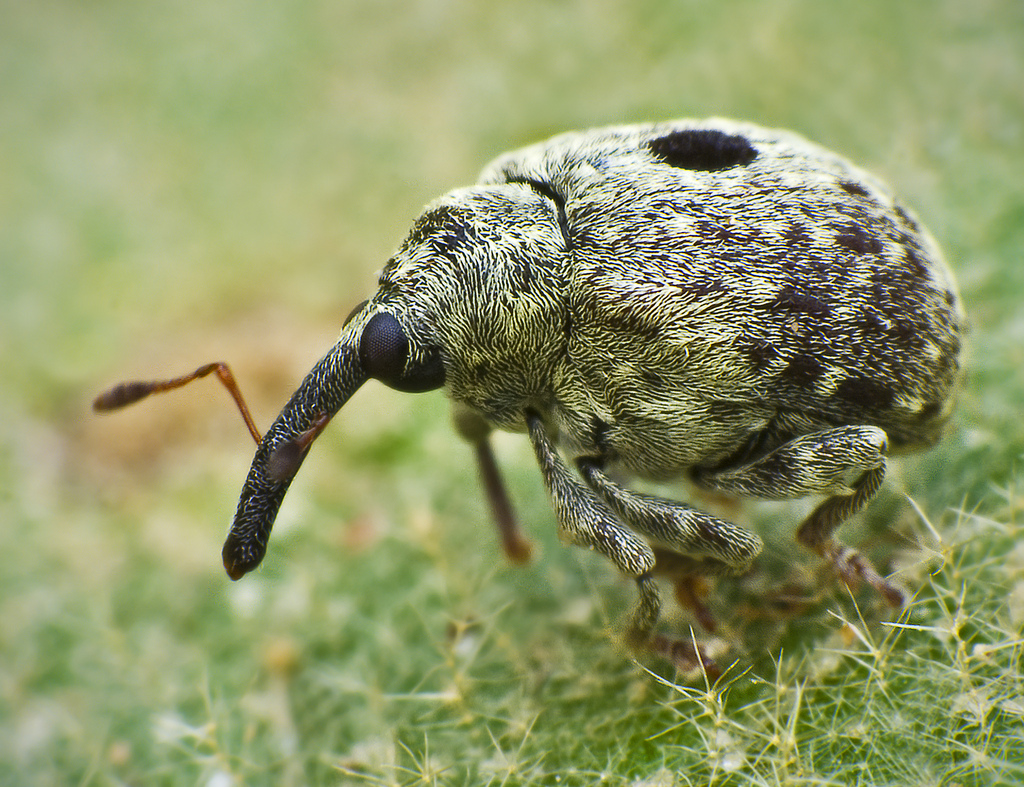|
Lixus Cardui
''Lixus cardui'' is a species of true weevil found in Europe It was introduced in Australia to control scotch thistle '' Onopordum acanthium'', an invasive weed. References Lixinae Beetles described in 1807 {{Curculionidae-stub ... [...More Info...] [...Related Items...] OR: [Wikipedia] [Google] [Baidu] |
Guillaume-Antoine Olivier
Guillaume-Antoine Olivier (; 19 January 1756, Les Arcs near Toulon – 1 October 1814, Lyon) was a French entomologist and naturalist. Life Olivier studied medicine in Montpellier, where he became good friends with Pierre Marie Auguste Broussonet. With Jean Guillaume Bruguière and Jean-Baptiste Lamarck . Jean-Baptiste-François Gigot d'Orcy later employed Olivier who was then able to travel to England and Holland meeting Thomas Martyn in London. In 1789 and 1790 he published the first two volumes of the ''Histoire naturelle des Coléoptères'' for Gigot d'Orcy, and simultaneously, thanks to Daubenton's recommendation, collaborated in the ''Dictionnaire de l'Histoire naturelle des Insectes, Papillons, Crustacés'' and collaborated in the creation of ''Journal d'Histoire Naturelle'' (1792). Afterwards, he served as a naturalist on a 6-year scientific journey that took him to Asia Minor, Persia, Egypt, Cyprus and Corfu. He returned to France in 1798 with a large collecti ... [...More Info...] [...Related Items...] OR: [Wikipedia] [Google] [Baidu] |
Curculionidae
The Curculionidae are a family of weevils, commonly called snout beetles or true weevils. They are one of the largest animal families with 6,800 genera and 83,000 species described worldwide. They are the sister group to the family Brentidae. They include the bark beetles as the subfamily Scolytinae, which are modified in shape in accordance with their wood-boring lifestyle. They do not much resemble other weevils, so they were traditionally considered a distinct family, Scolytidae. The family also includes the ambrosia beetles, of which the present-day subfamily Platypodinae was formerly considered the distinct family Platypodidae. Description Adult Curculionidae can be recognised by the well-developed, downwards-curved snout (Rostrum (anatomy), rostrum) possessed by many species, though the rostrum is sometimes short (e.g. Entiminae). They have elbowed Antenna (biology), antennae that end in clubs, and the first antennal segment often fits into a groove in the side of the rost ... [...More Info...] [...Related Items...] OR: [Wikipedia] [Google] [Baidu] |
Onopordum Acanthium
''Onopordum acanthium'' (cotton thistle, Scotch (or Scottish) thistle) is a flowering plant in the family Asteraceae. It is native to Europe and Western Asia from the Iberian Peninsula east to Kazakhstan, and north to central Scandinavia, and widely naturalised elsewhere,Europaea: ''Onopordum acanthium'' with especially large populations present in the and . It is a vigorous |
Lixinae
Lixinae is a subfamily of true weevils, included in the Molytinae in many older treatments. They are mainly root feeders, although some develop in flower buds or stems. Several species are used in biological control of invasive weeds, namely knapweeds (''Centaurea''). Characteristics include tarsal claws that are fused at the base, and labial palps are short and telescoping. The body is elongate shape, as for some other weevils. Each tibia bears an uncus (small hook) on its distal end. The rostrum is forwardly directed. Genesis Bearing in mind modern geographical distribution of Lixinae and its feeding links, it is considered to be that this subfamily appeared in Euroasian lands, when the area of Tethys Ocean demenished. Probably, lixine weevils formed as group in the arid conditions of the deserts of Ancient Mediterranean. From here pra-lixine spread out the over dryland. Taxonomy There are three tribes. The largest of these by far are the Cleonini, sometimes ranked a ... [...More Info...] [...Related Items...] OR: [Wikipedia] [Google] [Baidu] |

